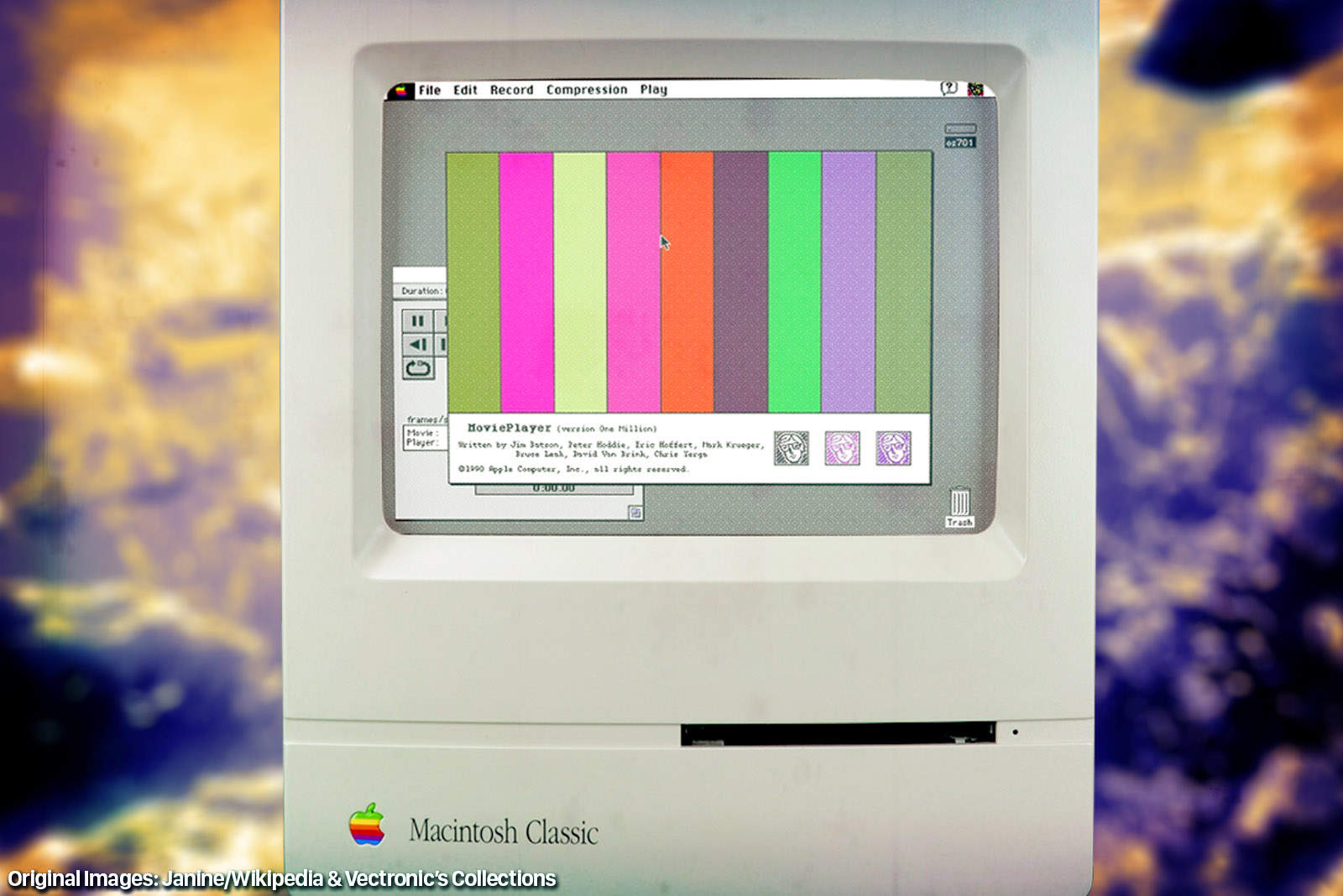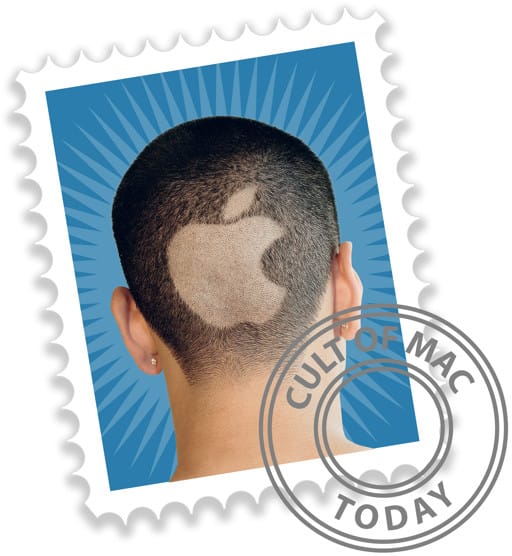 July 8, 1991: The first QuickTime beta arrives, making it possible for people to play movies on their Macs for the first time, with no extra hardware needed.
July 8, 1991: The first QuickTime beta arrives, making it possible for people to play movies on their Macs for the first time, with no extra hardware needed.
The innovative software showcased Apple’s commitment to pushing technological boundaries and set the stage for the seamless integration of video into everyday computing.
QuickTime beta brings video to Macs
While allowing videos to run on a computer seems par for the course these days, that first QuickTime beta represented an enormous leap forward in 1991 — and cemented Apple’s position as a groundbreaking computer company for creatives. It laid the groundwork for the digital media experiences we now take for granted.
QuickTime’s road to commercialization was actually a somewhat protracted process. In the 1980s, Apple engineer Steve Perlman wrote a program called QuickScan, which allowed video playback to run on a Mac. Although the software received a public demo, Apple canceled it before release — largely because it required its own graphics chip to run.
But the idea of getting videos to run on Macs persisted, eventually transitioning into QuickTime. The first QuickTime beta made Macs into multimedia machines.
QuickTime 1.0 demo

Photo: InfoWorld
Apple demoed QuickTime 1.0 at its second Worldwide Developers Conference in May 1991. The first QuickTime video shown to audiences was Apple’s iconic “1984” ad for the Macintosh. Beta versions of the software began arriving on Macs in July, before the final version shipped to consumers on December 2, 1991.
Looking back at the comments the QuickTime beta got upon its release, one of the aspects developers found most exciting was that the software provided a way of adding a broad range of time-based data types to Mac programs. This referred not just to movies, but also the possibility of developing tools like accurate time-based scientific instruments.
What made the Mac’s new video software special
This time-based element of QuickTime (evident right there in the name!) took precedence over anything else. Watch a movie, for instance, and if your CPU was too slow to handle a high frame rate, QuickTime skipped over video frames in order to keep up with the soundtrack. On a then-current Mac IIci or IIcx system, you could expect to play QuickTime movies of around 160-by-120 pixels at around 10 frames per second.
At a point in computing when machines often ran slowly, with far more noticeable time differences for even the most basic programs, this notion of software that could unify time across all different types of hardware was very exciting.
Decades after the first QuickTime beta, the groundbreaking video software remains part of macOS, and shows no signs of going away.
Do you remember QuickTime 1.0? Were you a developer excited about it when you first got your hands on a copy in the 1990s? Whatever your memories, leave them below.


